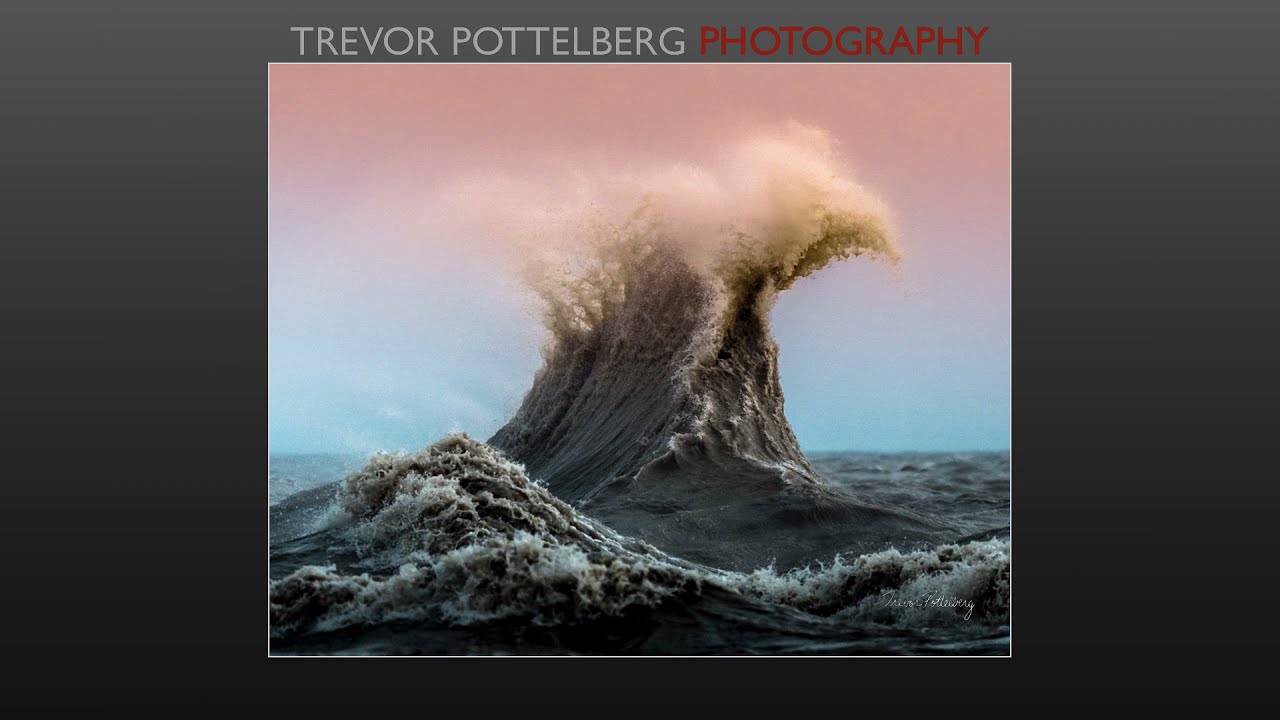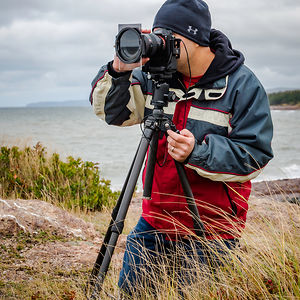In December 2021, I ventured out during three separate storms to capture Lake Erie Waves.
I spent over 15 gruelling hours photographing and captured over 8200 images during that time. This 1 minute video showcases about 35 of my favourite images.
The conditions along the Lake Erie shoreline can be downright nasty. Each fall, gale force winds whip up waves that can top 30 feet high during a storm’s peak.
This style of photography tests your dedication and devotion to your craft to the max! It’s definitely not for the faint of heart. I see many people attempt to photograph the waves during these storms and last only mere minutes before having to return to the safety of their cars.
You need to get into a “zone” and fight through the less than ideal conditions. Putting your complete focus into the task at hand is the key. I’ve twice gotten frostbite during past outings and now have permanent nerve damage in both hands. The cold conditions are now very painful to work in.
My eyes take a constant beating from the relentless pounding of sand and back spray. The stress on my shooting eye from photographing straight for hours at a time, usually results in considerable swelling and blood shot veins.
So is all of this effort worth the risk? I say 100% yes!
More info: trevorpottelberg.com
Lake Erie Waves – December 2021
No wonder shipping and boating on the Great Lakes is considered to be much more dangerous than you'd think! Those don't look like oceanic waves, which usually are usually heading in whichever direction the wind pushes them, those look like waves that come from different directions and which collide with each other, forming peaks and chaotic patterns that woudl be impossible for sailors to predict if I'm right. I'm sure someone else can explain the meteorology and physics better than that and I invite them to do so, because those photos are fascinating and I'd love a real explanation and not my own guesswork.
You are correct. These massive waves form when water is driven into a break wall and is sent back out into the lake to collide with incoming waves. It’s very unpredictable and chaotic.
Load More Replies...I am so struck by the power you captured in your images! They are remarkable!
Thank you kindly Joan!
Load More Replies...Those photos are fantastic. I got slightly seasick so you did it right ;). Seriously, I loved them.
Haha, thank you so much!
Load More Replies...No wonder shipping and boating on the Great Lakes is considered to be much more dangerous than you'd think! Those don't look like oceanic waves, which usually are usually heading in whichever direction the wind pushes them, those look like waves that come from different directions and which collide with each other, forming peaks and chaotic patterns that woudl be impossible for sailors to predict if I'm right. I'm sure someone else can explain the meteorology and physics better than that and I invite them to do so, because those photos are fascinating and I'd love a real explanation and not my own guesswork.
You are correct. These massive waves form when water is driven into a break wall and is sent back out into the lake to collide with incoming waves. It’s very unpredictable and chaotic.
Load More Replies...I am so struck by the power you captured in your images! They are remarkable!
Thank you kindly Joan!
Load More Replies...Those photos are fantastic. I got slightly seasick so you did it right ;). Seriously, I loved them.
Haha, thank you so much!
Load More Replies...
 Dark Mode
Dark Mode  No fees, cancel anytime
No fees, cancel anytime 





















5
9